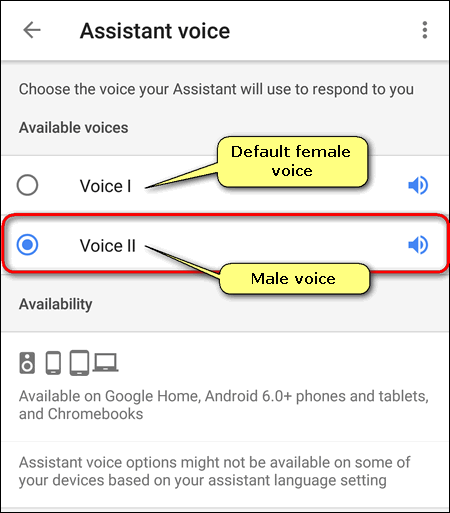
Detecting which queries are eligible for gender-specific translations is a hard problem because Turkish is morphologically complex, meaning that reference to a person can either be explicit with a gender-neutral pronoun (e.g. Many Turkish sentences that refer to people are gender-neutral, but not all are. We developed a three-step approach to solve the problem of providing a masculine and feminine translation in English for a gender-neutral query in Turkish. For these longer queries, we focused initially on Turkish-to-English translation. Supporting gender-specific translations for longer queries (phrases and sentences) was particularly challenging and involved making significant changes to our translation framework. Supporting gender-specific translations for single-word queries involved enriching our underlying dictionary with gender attributes. Gender-specific translations on the Google Translate website. We now provide both feminine and masculine translations when translating single-word queries from English to four different languages (French, Italian, Portuguese, and Spanish), and when translating phrases and sentences from Turkish to English. Recently, we announced that we’re taking the first step at reducing gender bias in our translations. For instance, Google Translate historically translated the Turkish equivalent of “ He/she is a doctor” into the masculine form, and the Turkish equivalent of “ He/she is a nurse” into the feminine form. Specifically, languages differ a lot in how they represent gender, and when there are ambiguities during translation, the systems tend to pick gender choices that reflect societal asymmetries, resulting in biased translations.

At the same time, we realized that translations from our models can reflect societal biases, such as gender bias. Over the past few years, Google Translate has made significant improvements to translation quality by switching to an end-to-end neural network-based system.

Posted by Melvin Johnson, Senior Software Engineer, Google Translate


 0 kommentar(er)
0 kommentar(er)
